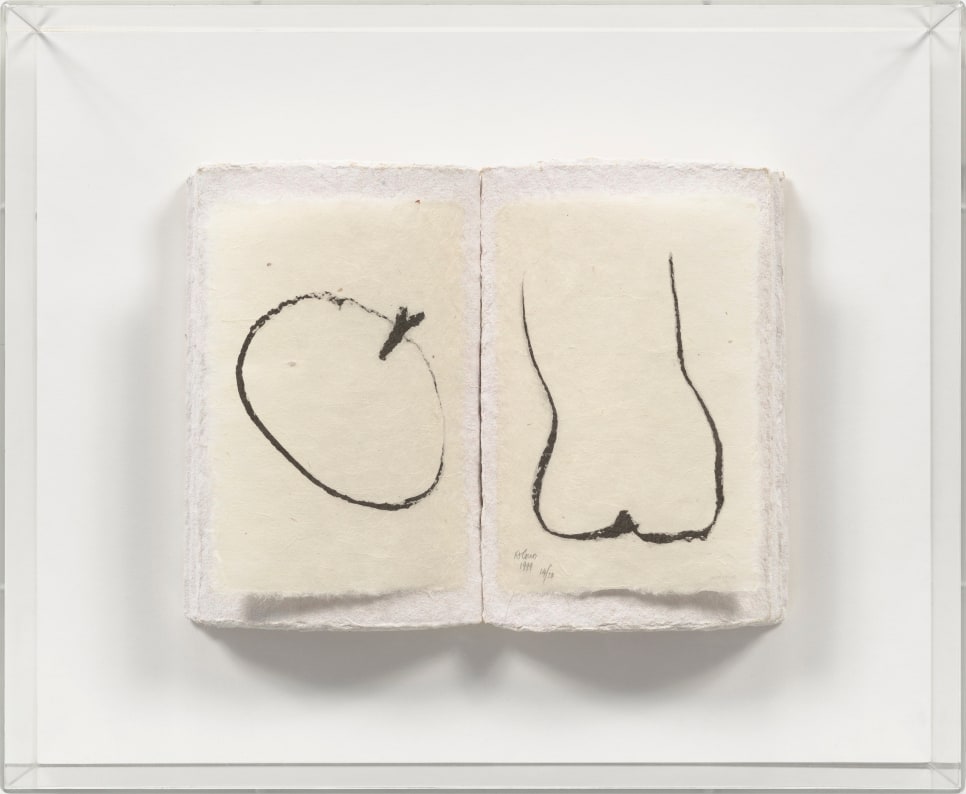
About
Anthony Caro was an English artist born in 1924. He was an abstract artist who was most known for his use of ‘found’ industrial objects to create his sculptures. Caro was part of the modernist movement, which was introduced to him while working as an assistant to Henry Moore in the 1950s. Caro’s first works of art were figurative, but soon were abandoned after meeting the American sculptor, David Smith, who influenced his abstract sculptural artworks. During the artist’s final years in the 2000s, he created life-size sculptures of equestrian figures made of wood and terra cotta. According to Tate Britain, Caro was “lauded as the greatest British sculptor of his generation.”
Caro first rose to international recognition in the 1960s with his large-scale, abstract sculptures. These early works were among the first freestanding sculptures to be set directly on the ground. The series was iconic for confronting viewers head-on at a time when most monumental sculptures were displayed on pedestals. It was during this time when Caro began his association with the United States—he taught at Bennington College in Vermont during the 1960s and founded the Triangle Artists’ Workshop in Pine Plains, New York, where he provided a working space for painters and sculptors from around the world to work intensely together creating a community in which artists receives support and direction from the others.
Caro’s work is represented in over 150 museums and other public collections worldwide, and he received a lifetime achievement award from the International Sculpture Center in 1997. Caro is the only contemporary sculptor to have exhibited at the National Gallery, London (1998). Other major exhibitions include retrospectives at the Museum of modern Art, New York (1975); the Trajan Markets, Rome (1992); the Museum of Contemporary Art, Tokyo (1995); Tate Britain, London (2005); three museums in Pas-de-Calais, France (2008) to accompany the opening of his Chapel of Light at Bourbourg; The Metropolitan Museum of Art, New York (2011); the Yale Center for British Art, New Haven (2012); the Museo Correr, Venice (2013) and again at the Tate Britain, London (2014). Caro’s work has been collected by museums around the world.
